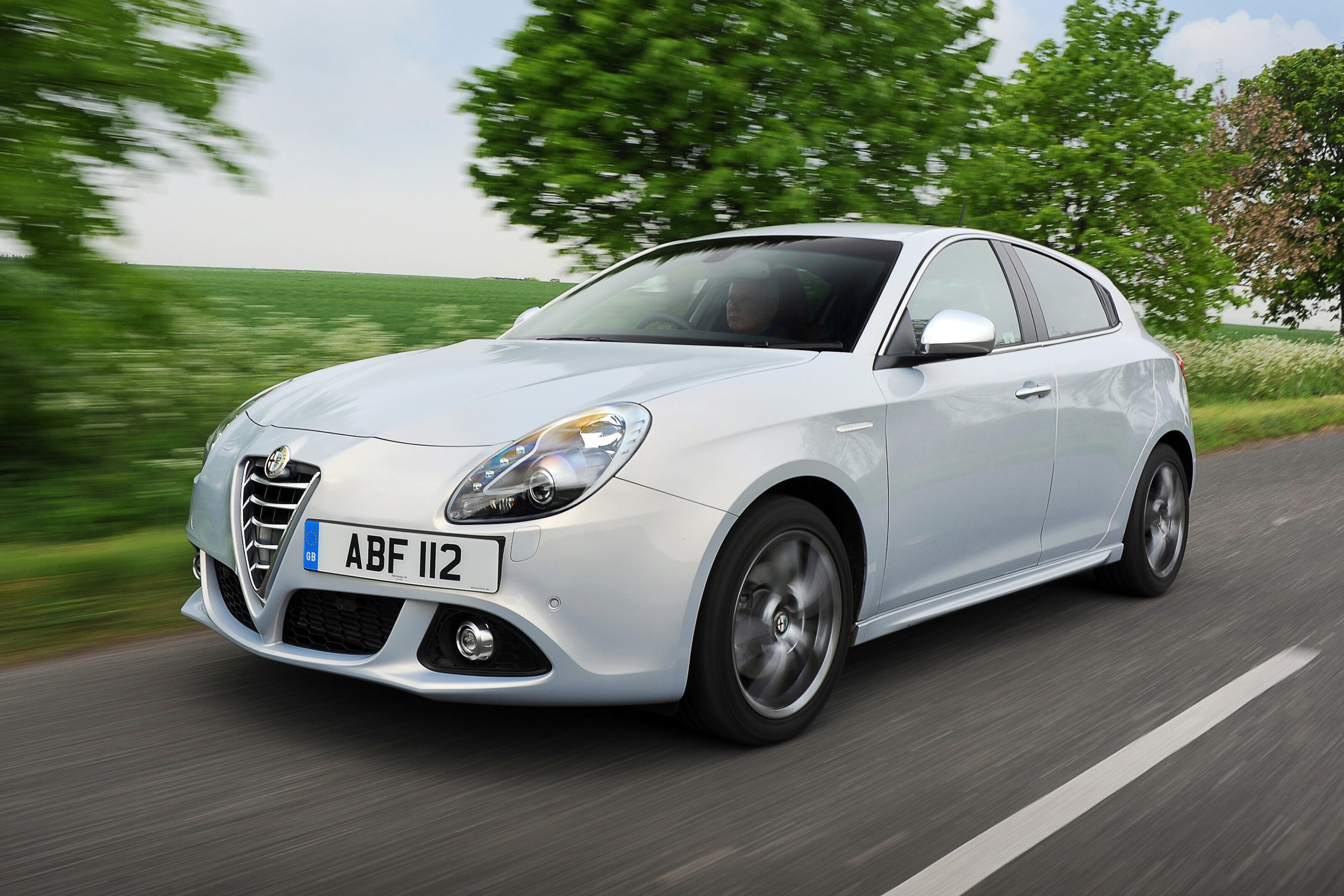People might think the substance of Alfa Romeo’s 111-year heritage centres around its sporting coupes, its iconic engines and its historic race cars, but they would be ignoring a huge part of its success – bread-and-butter small cars.
Kicking off with the super-pretty Giulietta Berlina in 1955, it’s somewhat fitting that Alfa’s small-car lineage has ended with the death of the latter-day Giulietta (2010-21), and not just because both those cars share a name. While never quite attaining the critical highs of the Alfasud or expanding on the sales fortunes of its immediate 147 and 145/146 predecessors, the modern Giulietta hatch was a bloody good car.
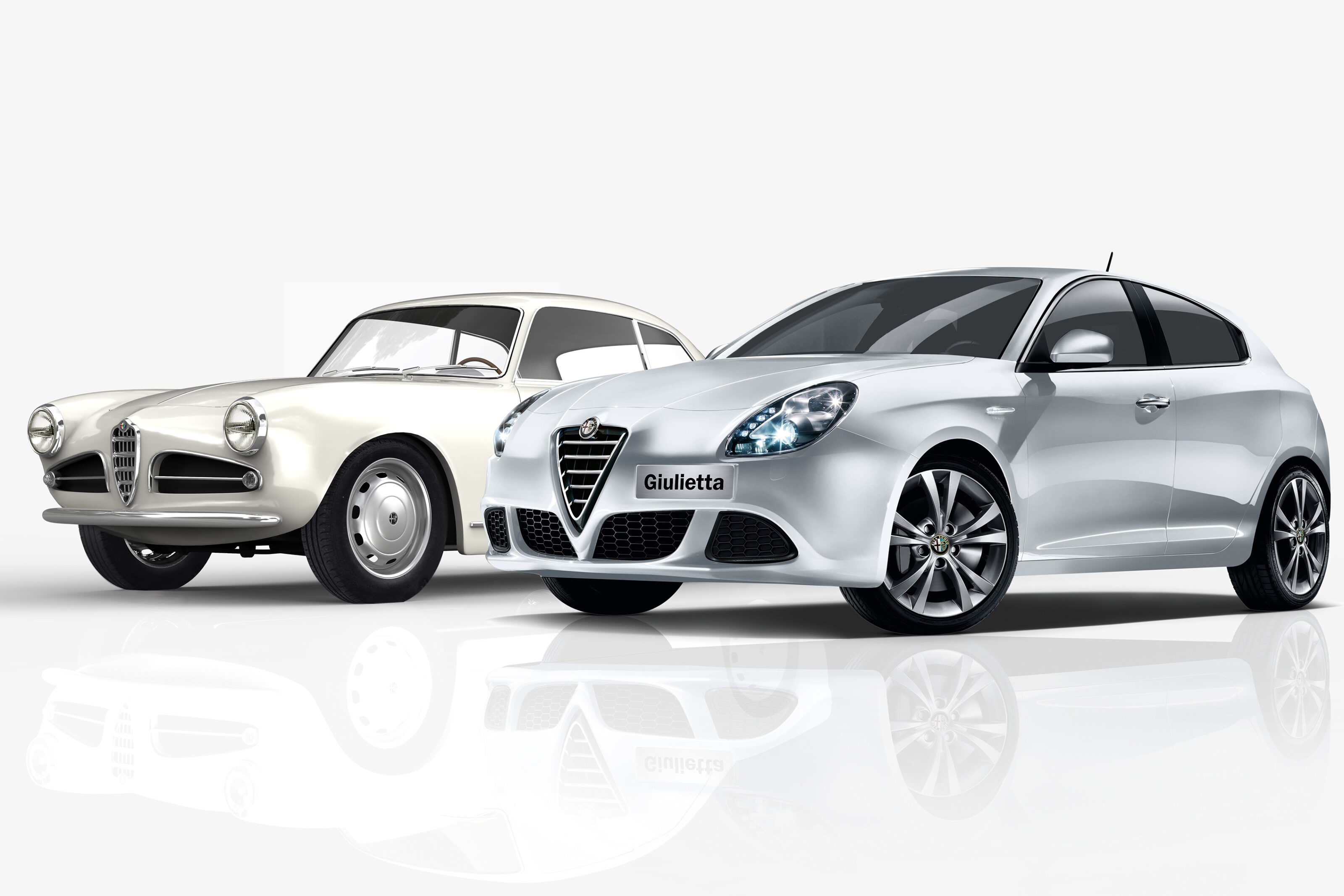
Internally dubbed Tipo 940, the Giulietta was based on the C-Evo platform, a development of the architecture that underpinned Fiat’s lacklustre Stilo (2001-07) and Bravo/Ritmo (2007-14). That’s an inauspicious beginning for what the Italians hoped would be a proper premium rival for the Audi A3, BMW 1 Series, Mercedes-Benz A-Class and Volvo V40, though the Giulietta benefitted greatly from substantial improvements, including junking the Fiat’s torsion-beam tail for proper multi-link independent rear suspension.
That investment in the Giulietta’s dynamics produced a lithe, involving hatchback that truly handled – some variants better than others, though all with proper Italian brio. Some variants also rode and steered better than others, those characteristics usually inversely proportional to each other. The same applied to the engines.
Investment in the Giulietta’s dynamics produced a lithe, involving hatchback that truly handled – some variants better than others, though all with proper Italian brio.
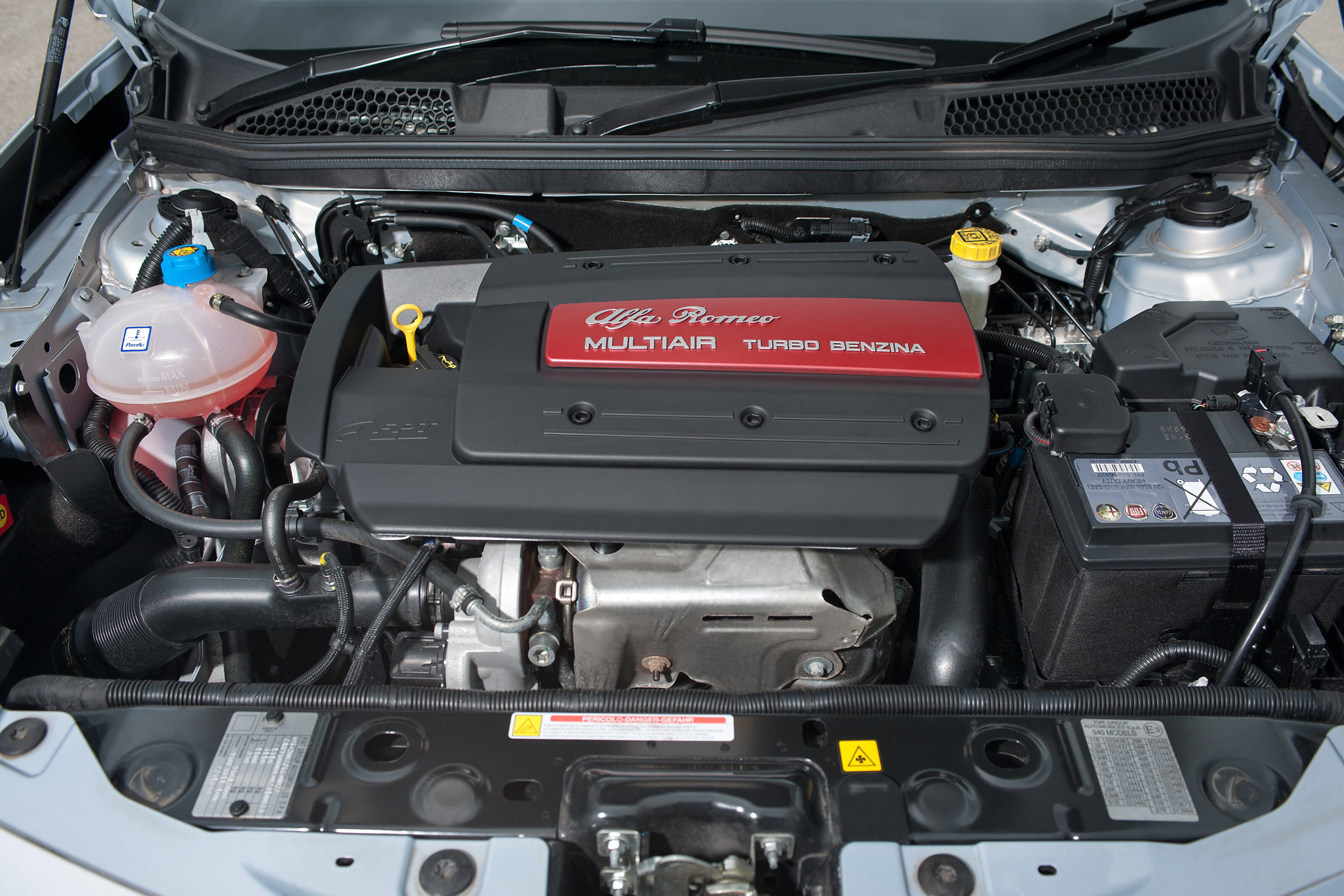
The 88kW 1.4 turbo was a torquey, effortless delight – the 125kW version keener and fruitier but also laggier down low – while the 173-177kW direct-injection 1.7 turbo from the QV and later Veloce had real balls, though perhaps not quite enough induction fizz. There’s also the matter of transmissions, with Alfa’s six-speed manual proving spirited and slick, whereas the six-speed dual-clutch – the only ’box offered in Australia during the Giulietta’s final years – was nowhere near as satisfying.
But what mattered most, both at launch and well into the future, is how the Giulietta looks. Penned by Lorenzo Ramaciotti while head of design at Centro Stile in Turin, the Giulietta’s gorgeously timeless shape remains unsurpassed by any competitor. Even at 11 years of age, it’s every bit as stylish and seductive as it was on day one.

Yet, despite all that beauty and a decent level of talent, the Giulietta wasn’t a panacea for Alfa. In its last full year, the Giulietta achieved a paltry 10,718 sales across Europe, though that was 30 percent of Alfa Romeo’s total European volume, which must be slightly terrifying for the shiny bums at Stellantis.
Without a replacement player in Europe’s still-lucrative C-segment, Alfa Romeo is investing all its energy in a forthcoming small SUV called Tonale. More’s the pity, really, because the beautiful Giulietta deserves better than that.
Alfa Romeo Giulietta – Aussie Sales and why it was discontinued
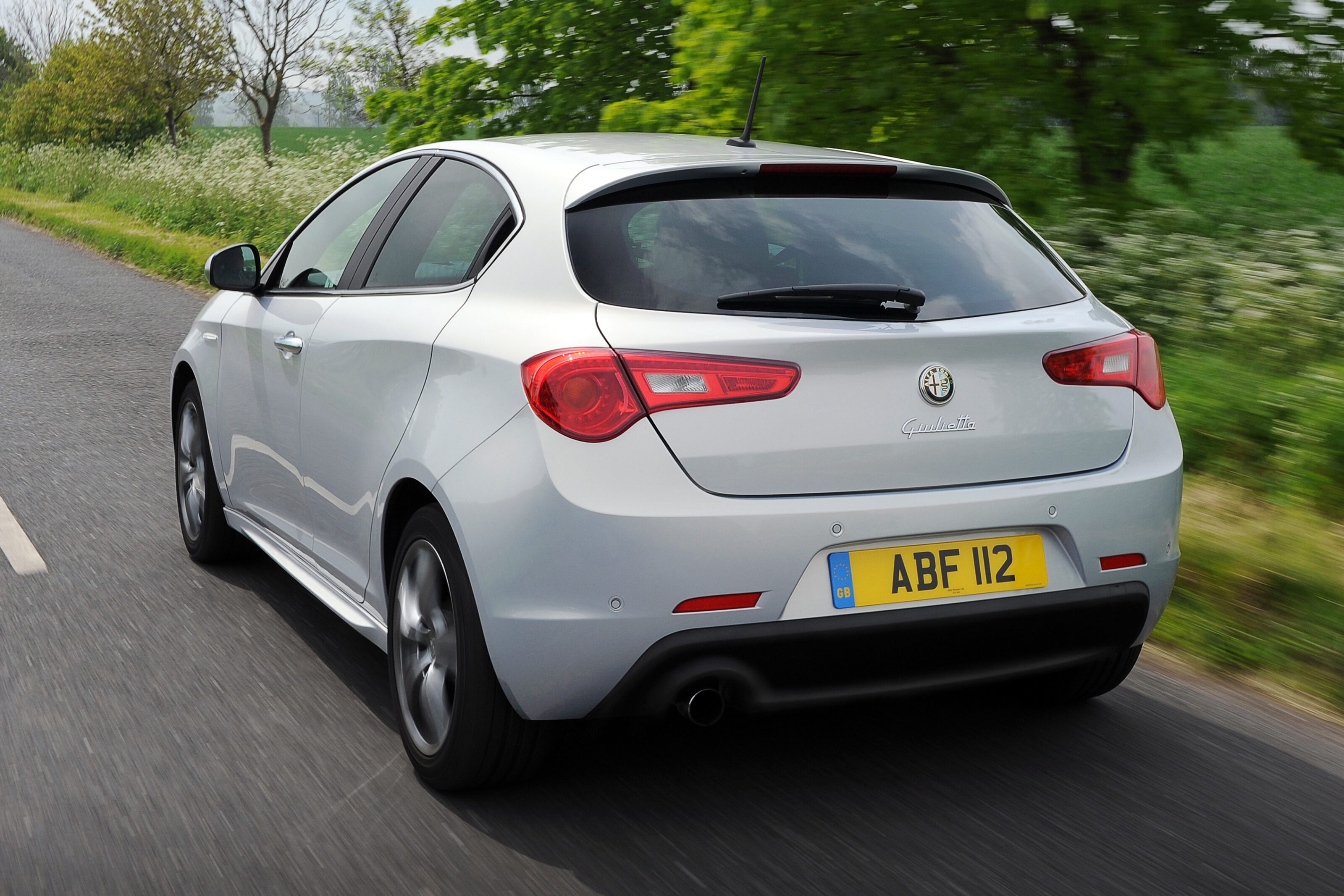
Aussie sales of the Alfa Romeo Giulietta (2010 – 2021)
| Australian sales for the Giulietta | |
|---|---|
| 2010 | 14 |
| 2011 | 526 |
| 2012 | 610 |
| 2013 | 1949 |
| 2014 | 2268 |
| 2015 | 1272 |
| 2016 | 639 |
| 2017 | 389 |
| 2018 | 297 |
| 2019 | 169 |
| 2020 | 120 |
| 2021* | 35 |
*January to March 2021

Walking the Line
Giulietta’s lunge towards extinction began in 2019 when European volume fell below 20,000 (its record was 78,911 sales in 2011). But, to the Giulietta’s credit, it outlived most of its Fiat-Chrysler platform relatives, in particular the US-market Dodge Dart and Chrysler 200. That pair cost US$1 billion to develop, with production ending in late 2016 – the 200 lasting just 30 months.
We recommend
-
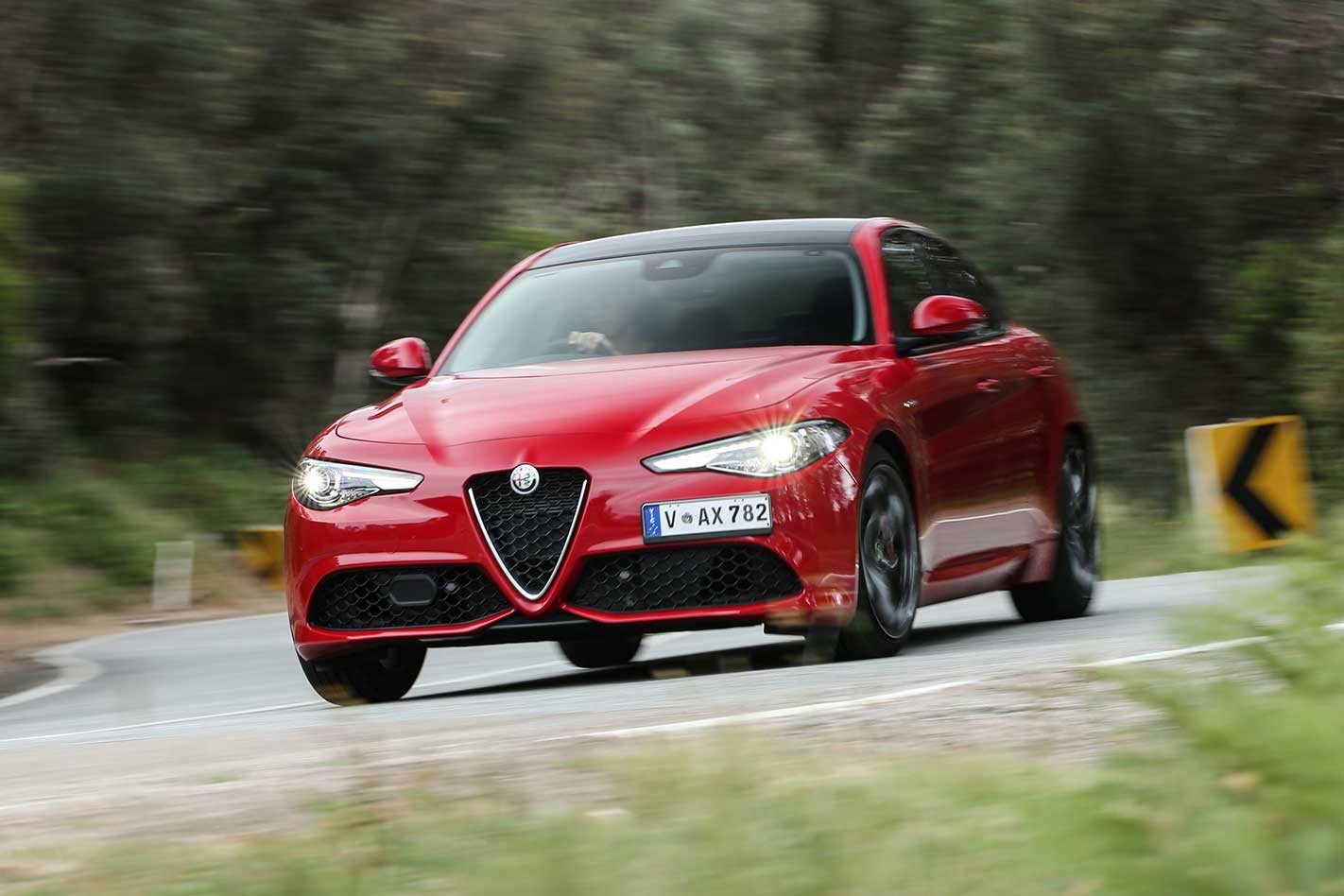 Reviews
Reviews2021 Alfa Romeo Giulia Veloce reviewed
Facelifted Alfa Romeo sports sedan proves it's what's inside that counts
-
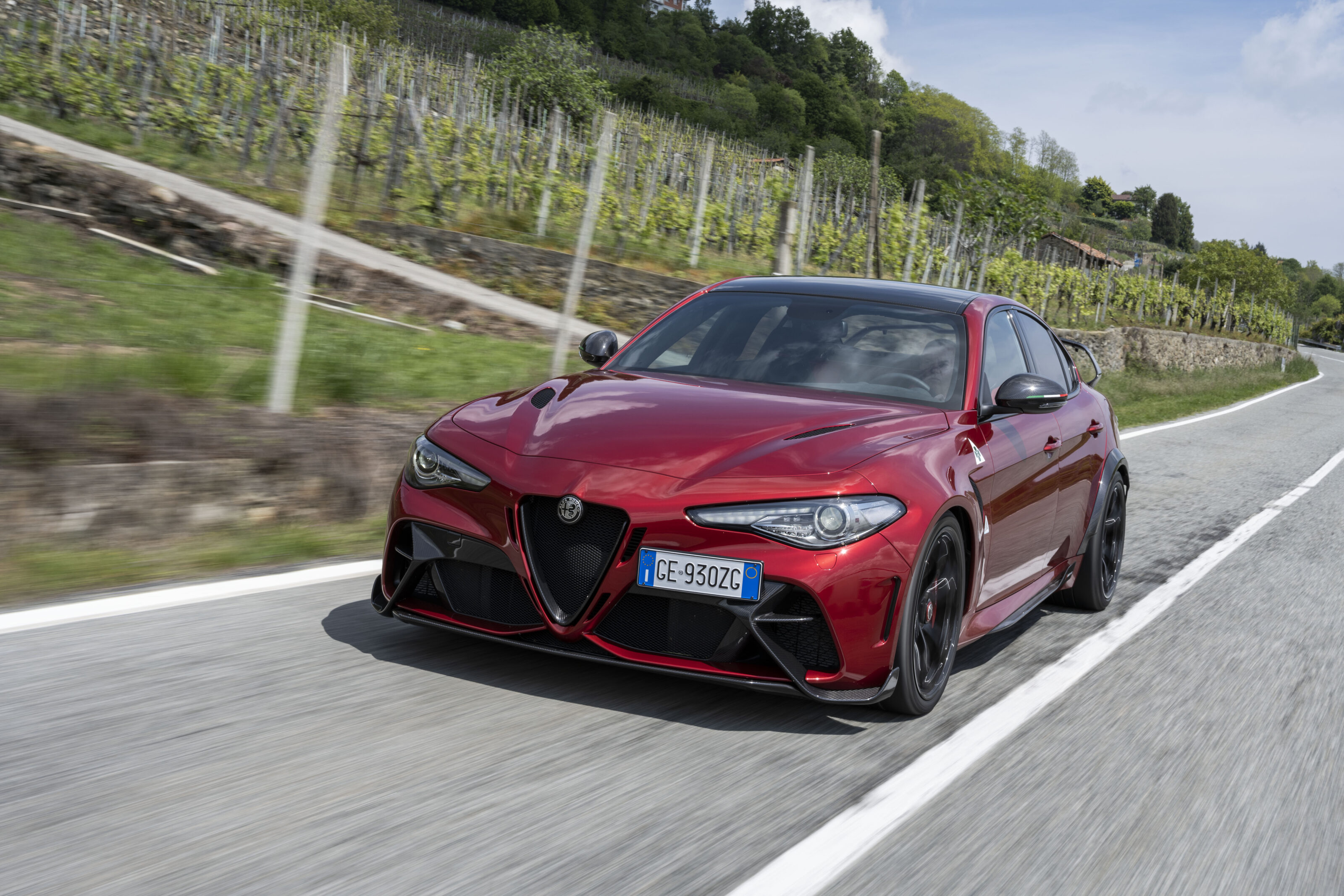 Reviews
ReviewsFirst drive: Alfa Romeo Giulia GTA
Alfa Romeo has delivered a masterpiece of a driver’s car in the ultra-focused Guilia GTA and GTAm
-
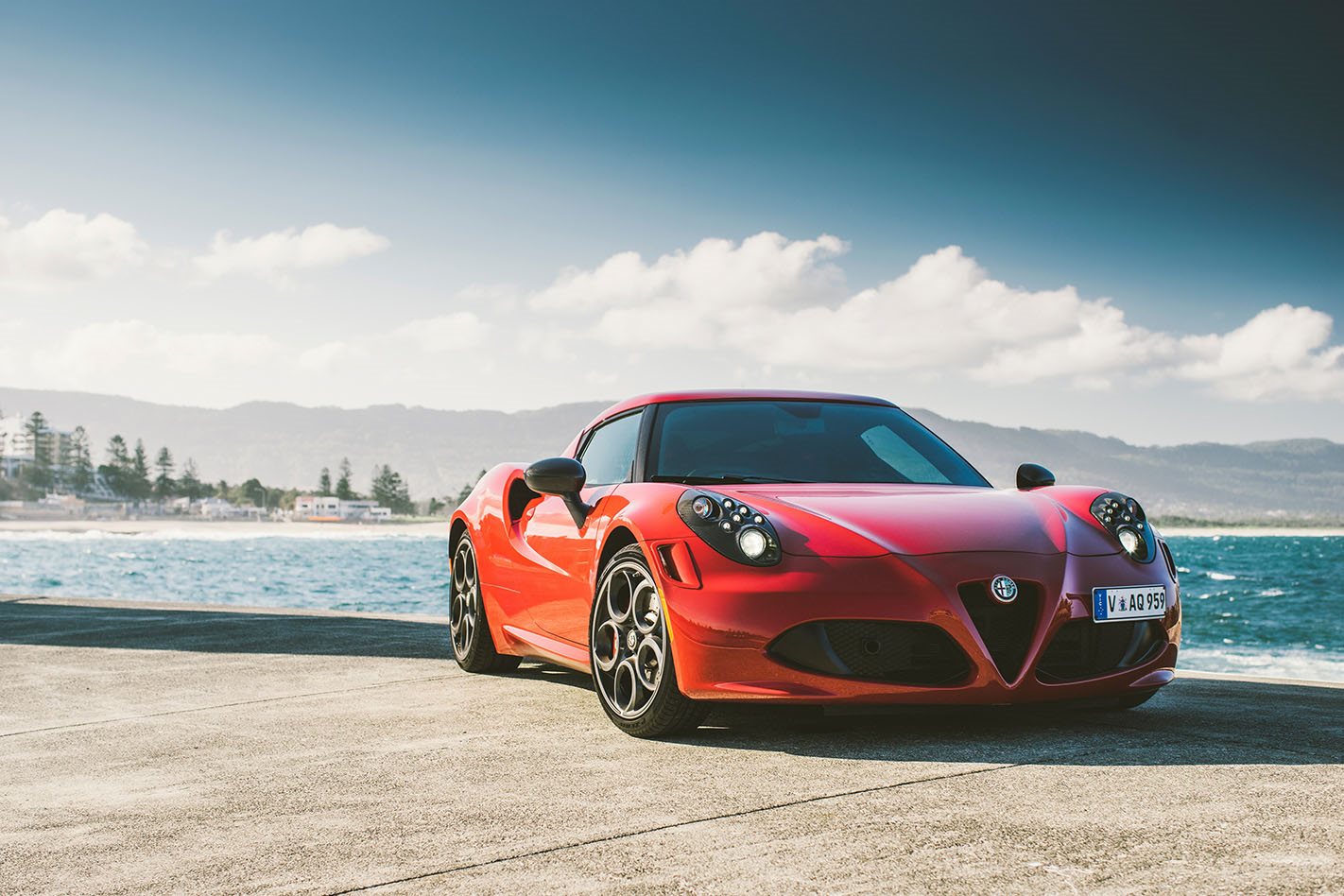 Features
FeaturesWho killed the Alfa Romeo 4C?
Alfa’s pretty little sports car is set to die, but who signed the death warrant?

